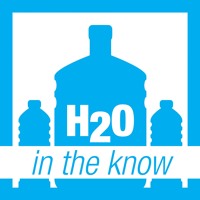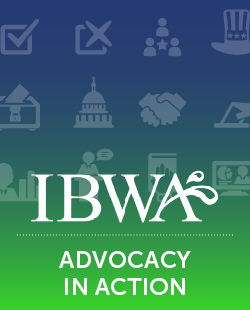Hydration Calculator
Hydration Calculator

As people increasingly focus on living healthier lives, they are also more likely to opt for water when looking for hydration. The question of how much water, or other fluids, is the right amount often comes up.
As with most things, there is no “one size fits all” answer. However, we do have information that can help sort out the issue.
Generally speaking, we drink when we are thirsty, and for many people using thirst as an indicator can be helpful. However, for some folks, like the elderly, recognizing the sensation of thirst and remembering to go drink some water, may not be that easy.
In fact, research from the University of Connecticut Human Performance Laboratory finds that in many cases, by the time we feel thirsty our bodies are in fact already dehydrated.
So, drinking water and knowing when you need to hydrate are both very important. And, while the old “drink eight glasses a day” advice may be more urban myth than scientific fact, below, is a link to our hydration calculator, which might help guide you to appropriate hydration.
Drinking water is a healthy choice
The shift away from sugary beverages toward healthy, reliable, and convenient bottled water is largely driven by an on-the-go society that is looking for alternatives to packaged sweetened beverages. Consumers choose bottled water for several reasons, including its refreshing taste, reliable quality, zero calories and additives, and convenience.
- Drinking water is one of the best ways to begin leading a healthier lifestyle and the fact is by scaring people about the very low dangers of severe dehydration, you are doing them a disservice by discouraging people from drinking water – whether tap, bottled, or filtered. While using one’s thirst as a guide to staying hydrated is useful for many people, it is not always appropriate for everyone, including the elderly.
- Encouraging people – especially kids – to drink water instead of sweetened, caloric drinks is regularly cited as a key component of a more healthful lifestyle. According to the Institute of Medicine and the American Journal of Preventative Medicine, one-third of American adults are overweight and another one-third is obese. And, over the last 30 years, children’s obesity rates have climbed from 5 percent to 17 percent.
- Promoting greater consumption of water supports the efforts of communities striving for a healthier lifestyle for their citizens. For those who want to eliminate or moderate calories, sugar, caffeine, artificial flavors or colors, and other ingredients from their diet, choosing water is the right choice – whether from the tap or in a bottle.
- About 80 percent of total water intake comes from water and beverages, while about 20 percent comes from food moisture.
Research on how much water to drink and when
The National Academy of Sciences (NAS) published an assessment of the recommended dietary intake of total water. According to the NAS report, adequate intakes of total water are 125.1 ounces per day (3.7 L per day) for men and 91.3 ounces per day (2.7 L per day) for women. NAS reported that 81 percent of fluid intake is from water and beverages and 19 percent comes from food moisture. This means that the adequate intake of water and beverages would be 101.4 ounces per day (3.0 L per day) for men and 74.4 ounces per day (2.2 L per day) for women.
The European Food Safety Authority (EFSA) issued a report in 2010 titled “Scientific Opinion on Dietary Reference Values for Water.” According to the EFSA report, adequate intakes of liquids for adults are 135.2 ounces per day (4 L per day) for men and 101.4 ounces per day (3.1L per day) for women. The report notes that 80 percent of total water intake comes from water and beverages, while 20 percent comes from food moisture. This means that the adequate intake of water and beverages for men would be 108.2 ounces per day (3.2 L per day) and 81.1 ounces per day (2.4 L per day) for women.
So, if you want to meet your daily hydration requirements by consuming water, whether you followed the EFSA or NAS recommendations, the amount of water needed would actually be more than the traditional “eight glasses.”


